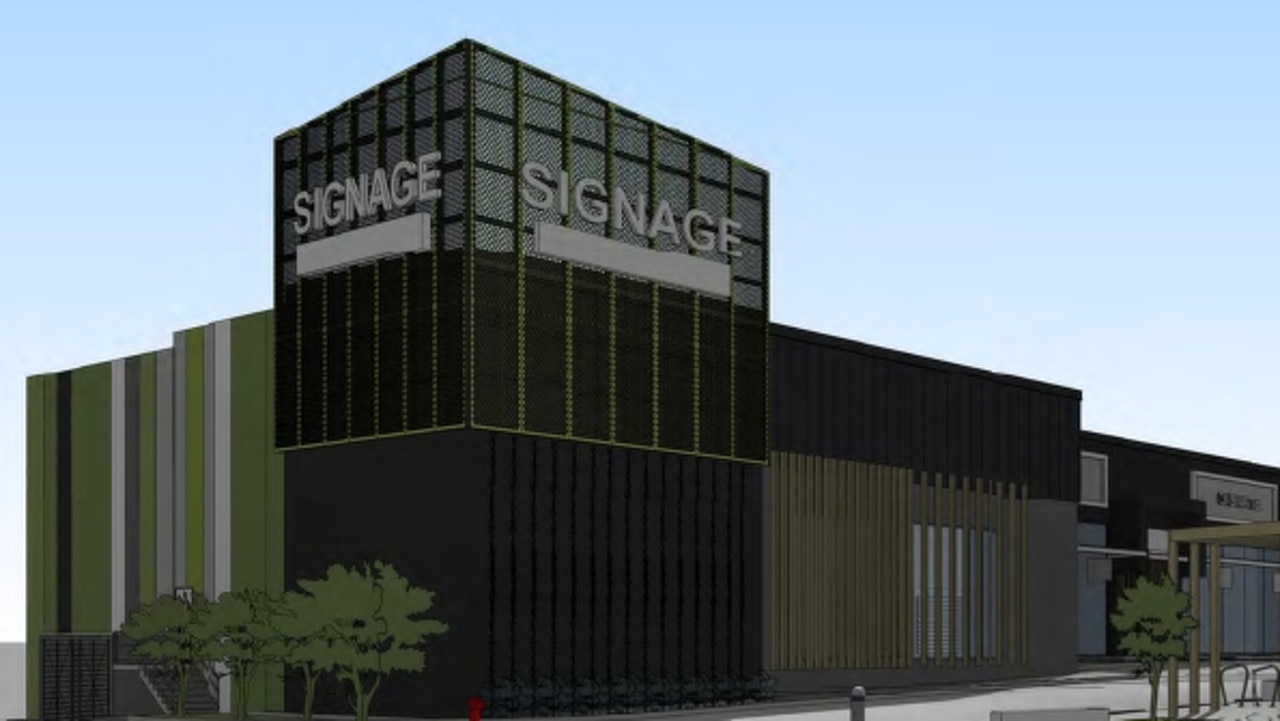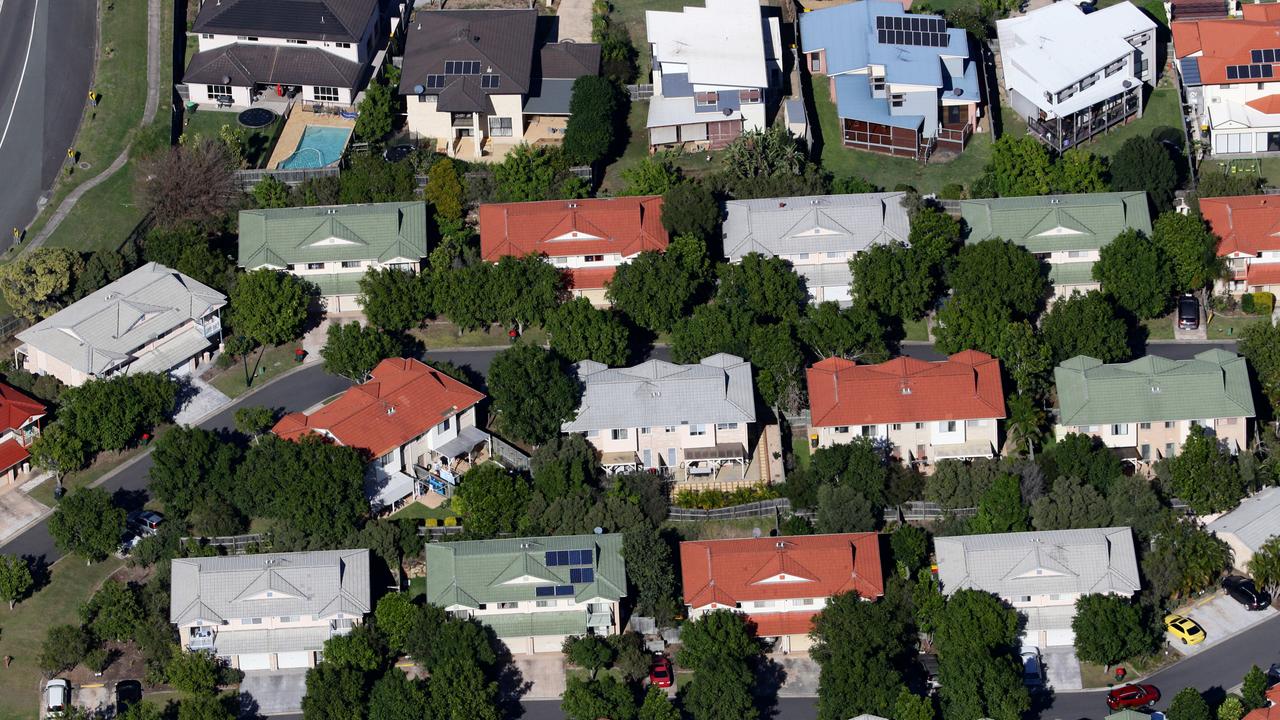Greg Norman helps lead retirement living revolution
Inspired ideas from the likes of Greg Norman are turning retirement living on its head.
Property
Don't miss out on the headlines from Property. Followed categories will be added to My News.
The youngest of the baby boom generation turn 60 this year and they’re determined to do retirement differently from their parents.
In Rooty Hill, a group of keen home brewers are making their own drop.
Castle Cove residents are making pizzas under the guidance of a top chef to be given to people in need.
And in a Ropes Crossing retirement village, residents volunteer at a school, teaching children to read, making them healthy breakfast and running the uniform shop.
These are examples of the next generation of retirement villages, promising a lifestyle that keeps people healthier, active and connected.
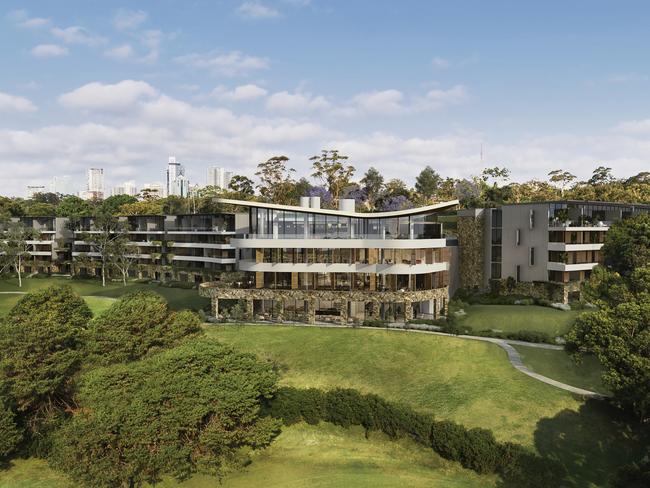
Executive director of the Retirement Living Council, Daniel Gannon, said retirement village residents are 20 per cent less likely to require hospitalisation after only nine months living in a village leading to 14,000 avoided hospitalisations across Australia each year.
“Compared to people who don’t live in a retirement community, residents are 15 per cent more physically active, 41 per cent happier, five times more socially active, twice as likely to catch up with family or friends and have reduced levels of depression and loneliness,” he said.
Age-friendly communities are leading to few visits to the GP and hospital as well as saving the taxpayer money funding aged care, he added.
SUGGESTED BY GREG NORMAN
Resident-driven activities, extensive common areas where family and children are welcome and more emphasis on activities with meaning and purpose are all part of the retirement revolution.
Village providers are seeking out central sites on good transport links for the new wave of seniors who want to be close to family and engage beyond the village boundaries.
A $100m redevelopment in Chatswood due for completion at the end of the year is a good example.

Watermark Residences is a sustainable village of 106 luxury apartments on the greens of Chatswood Golf Club with a new 12-hole short golf course, as suggested by Greg Norman.
The two-, three- and four-bedroom apartments will have a gym, cinema, cafe, and dining precinct plus wellness experts on call. And the Chatswood Golf club will have a new clubhouse.
NEVER HAVE TO PAY FOR ELECTRICITY
Property developers, Watermark Living and Pariter, have spent eight years planning and building the new golf club and residences and 60 per cent of the apartments are already sold.
And in a first-of-its-kind innovation, residents will never have to pay for electricity.
“We have enough solar energy panels on site to generate 100 per cent of the electricity for every apartment,” Watermark Living director Will Tynan said.
Watermark is now looking to create more seniors living accommodation close to the new Metro with a proposal to build in Crows Nest.
Mr Tynan said their research showed residents want “a purpose”.
“We have a lot of skilled and active people in our villages who want to give back at that stage of life,” Mr Tynan said.
“Our Watermark Castle Cove village volunteer residents cooked more than 400 pizzas under the guidance of chef Lucio De Falco to be given to OzHarvest which supports people in need.”
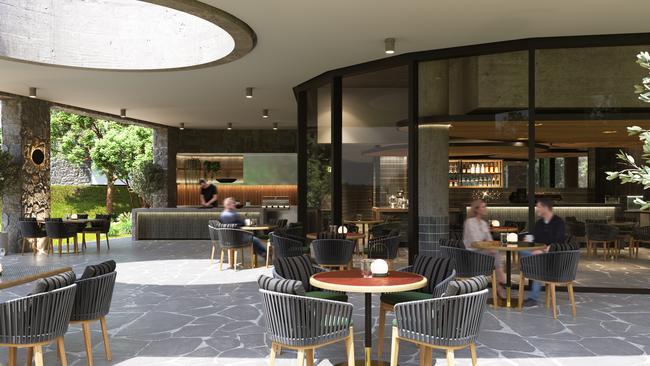
Meanwhile, Nathan Cockerill, CEO of major village provider Keyton, said: “Village living gives people security and safety, freeing them up financially and socially.”
A popular initiative at Keyton’s Rochford Place at Ropes Crossing is where village members regularly help schoolchildren with reading, breakfast and in the school uniform shop.
Aveo, which has 80 communities nationwide, is creating more recreation space in their villages responding to residents’ desire to have family members regularly join them.
Aveo CEO Tony Randello said family and friends are important to residents so they are incorporating spaces that focus on social connection.
“We’re seeing residents regularly book large outdoor entertaining areas or private dining rooms for family celebrations and grandchildren are welcome to use the pool and watch movies in the cinema,” he said.
BREW YOUR OWN BEER
At one of Anglicare’s 25 villages, a group of home brewers approached managers asking to start brewing their own drop on village premises.
“From keen gardeners, crafters or even home brewers like the Brew Crew at Rooty Hill village, the social and creative options are guided by the interests of each resident and their village community,” Vanessa Liddle, Anglicare Sydney’s general manager, resident experience and villages said.
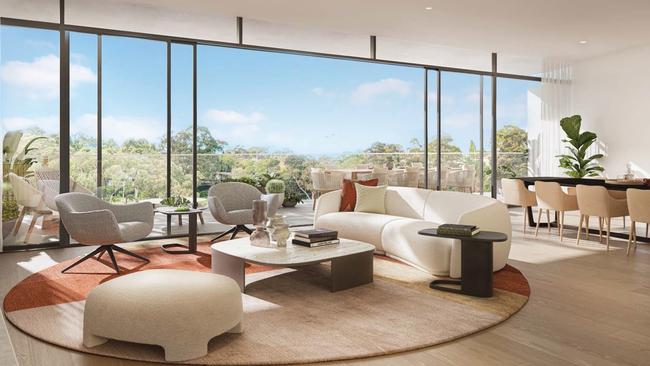
One of the brewers, Alan Wood, said: “Brewing beer is just the excuse, it’s the social catch up and friendly banter that goes along with it that we love.”
And for the well-heeled there is a growing pocket of luxury retirement villages in Bowral at the Southern Highlands.
The latest village coming to Bowral early next year is Waterbrook Bowral where a former boarding school on 17ha of land is being repurposed into a resort-style village with 24-hour concierge, pool, library, chapel and 135 villas.
Kevin Ryan, managing director of Waterbrook Bowral said the southern highlands was a popular retirement spot with shops, cafes, and restaurants.
“People are looking for quality,” he said.
“They want to downsize their accommodation but upsize their quality of life.”
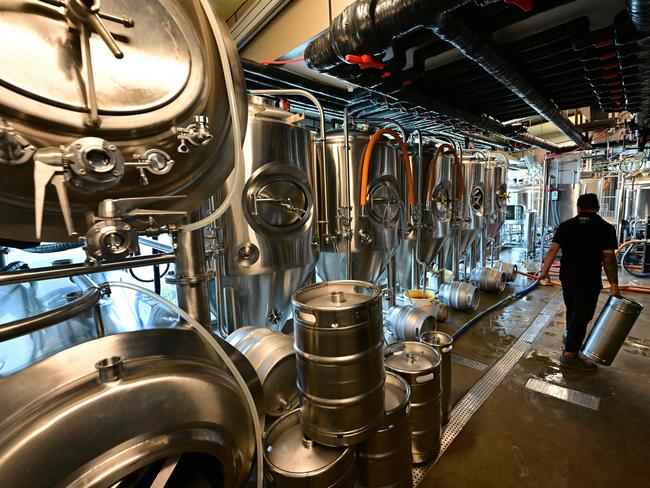
LOW-MAINTENANCE, SOCIAL LIFE
Louise Benjamin is typical of the new wave of retirees.
She moved in just after turning 55, still works and travels regularly interstate and bought into a beachside village, Watermark Freshwater, for low maintenance living, social connections with like-minded people and the lock-up and leave convenience of a retirement apartment.
“I have lived in apartments before, in fact I raised a family in an apartment and had always wanted to retire to a beach.
“This village gives me the opportunity to opt into activities and I have met some incredible people,” she said.
The plan is that as her work winds down the village activities can wind up.
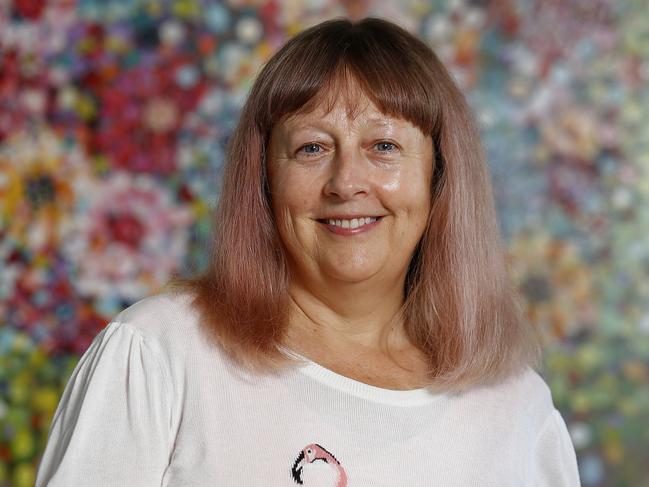
She is already in the knitting group, book club, choir and table tennis and she loves the fact that many of the activities have been started by residents themselves.
“Living in a strata unit is different to a village,” she explained.
“In a strata unit in my experience there is not the same degree of community, there is a much bigger spread of ages and life stages, people are coming and going, and there is more likelihood they will move out.
“There is greater opportunity for deep connections here and you don’t have to wait until you are 70 to enjoy them.”



